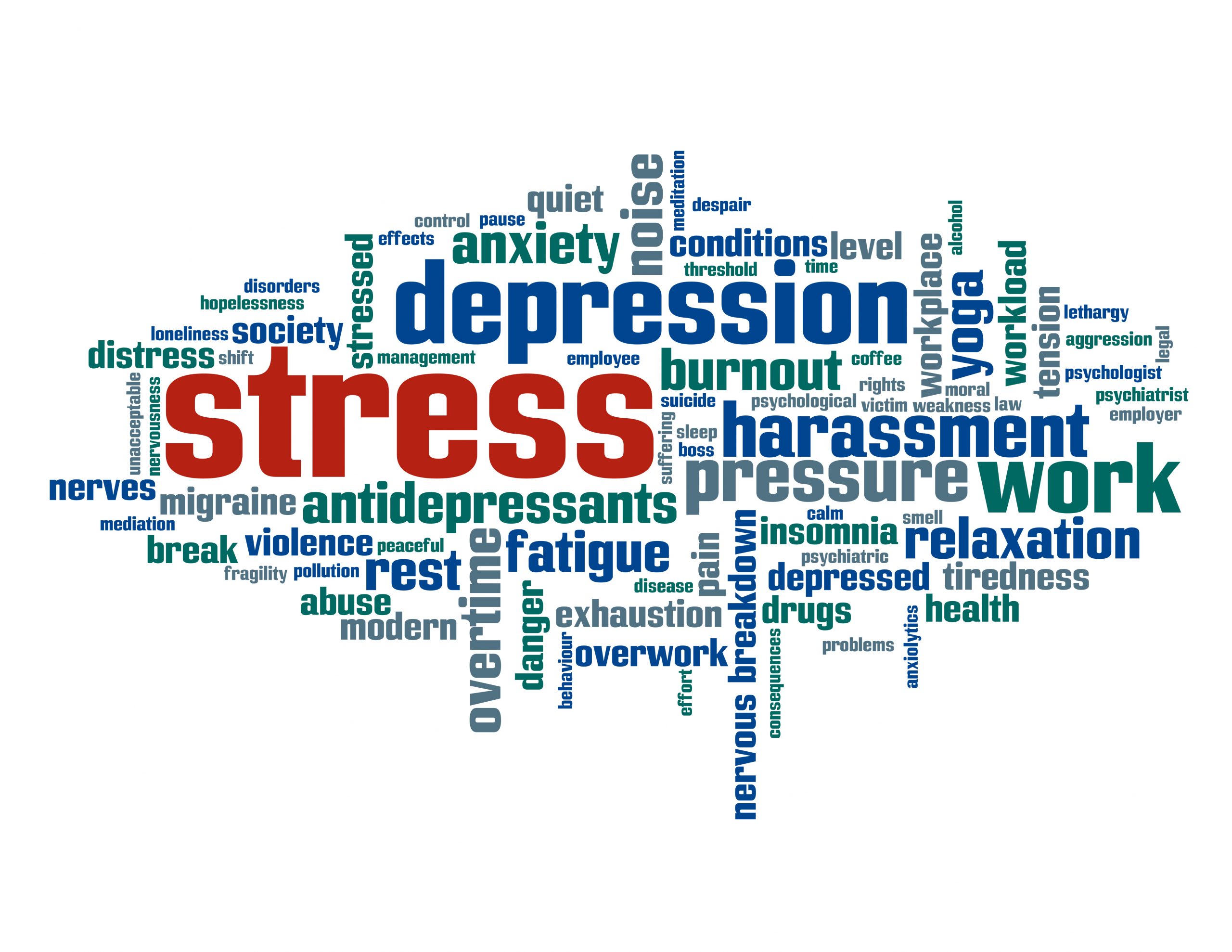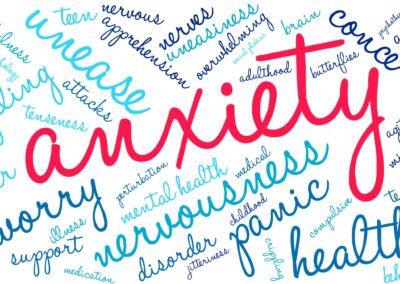Anxiety is a natural response to the human being perceiving that it is under threat. It is what a person feels when they are worried, tense or afraid. Outside of immediate danger, anxiety is often driven by thoughts or things that may happen, or which could happen in the future, based on environment, experience, or perceptions.
While acute anxiety might be considered a normal response, chronic anxiety and anxiety disorders lead to individuals being plagued by intense but non-specified worry and fear. There are several types of anxiety disorders, (e.g., phobias), but in most cases, individuals experience nonspecific generalized anxiety, or persistent and excessive anxiety and worry connected to everyday occurrences and events.
This level of anxiety often interferes with routine activities, and out of proportion to the situation at hand, making it difficult to control. In the long term, it can also lead to physical problems, such as insomnia, gastrointestinal (GI) issues and even cardiopulmonary issues (mayoclinic.org).
According to the Anxiety & Depression Association of America (ADAA), anxiety affects 40 million adults and is the most common mental disorder in the U.S., and it has been estimated that 31% of all adults will experience an anxiety disorder at some point in their life. Worldwide 264 million adults suffer from inordinate levels of anxiety (World Health Organization). Further, instances of anxiety and anxiety disorders, as well as individuals seeking therapeutics for these conditions, spiked dramatically as a result of the coronavirus pandemic (harvard.edu).
Obviously, it stands to reason that in the workplace, having high levels of anxiety can have a major impact on Individual and organizational functionality. These can include increased levels of presenteeism, decreased productivity, lower levels of focus, increased safety risk, to name a few. Then there are specific individual examples such as, “People may turn down a promotion or other opportunity because it involves travel or public speaking; make excuses to get out of office parties, staff lunches, and other events or meetings with coworkers; or be unable to meet deadlines” (ADAA), all of which can significantly affect a worker’s job performance and career objectives.
In addition to the disruption and stress caused by the pandemic in a practical sense, the upheaval it caused in workplaces, the ensuing layoffs and resulting financial difficulties became another anxiety-producing factor for workers across nearly every industry.
Signs of Anxiety
In addition to general worry and fear, signs of anxiety can include:
- Feeling nervous, restless or tense
- A sense of impending danger
- Panic attacks
- Increased heart rate
- Hyperventilation
- Sweating
- Trembling
- Weakness, tiring easily
- Trouble concentrating
- Mental fixation
- Insomnia
Approaches to Dealing With Anxiety
A wide variety of methods can be employed to help individuals cope with chronic anxiety and anxiety disorders. Apart from pharmaceutical intervention (e.g., medication), some of the traditional approaches include modalities such as meditation, cognitive behavioral therapy (CBT), talk therapy, Yoga, exercise and paced breathing.
Science has shown that chronic activation of the stress response impairs overall health and well-being, and that the simplest and most effective way to turn off this “fight or flight” response and shift into a more relaxed state is to regulate one’s breathing. Various forms of breathwork have long been advocated by patients and practitioners in combating anxiety. Unfortunately, like many other paradigms that are used to address anxiety, the practice has lacked a standardized, user-friendly approach and scientific refinement.
BreathConductor™ for Managing Anxiety
Enter BreathConductor™ from Muvik Labs, a digital therapy solution for stress resilience that allows the user to relieve their anxiety, manage stress and improve sleep with personalized, self-guided breathing sessions. In addition to empowering individuals to effectively manage their anxiety and its negative side effects, BreathConductor™ offers health providers a simple tool to augment mental health treatment plans. It also provides organizations with a cost effective means to help employees’ well-being while increasing productivity.
Using a precision respiration infrastructure, health providers and instructors can brand and add additional personalization to their patient/client experience, while monitoring engagement.
If you’ve tried traditional approaches to managing your anxiety and you’re still not satisfied, or if these methods aren’t cutting it in the workplace—you’re not alone. Mitigating the negative effects of your anxiety with BreathConductor™ will benefit your well-being, allow you to focus on the task at hand, support your team and help you to be that “worker among workers” you’d like to be.
Give this one-minute session a try to relieve your stress.




